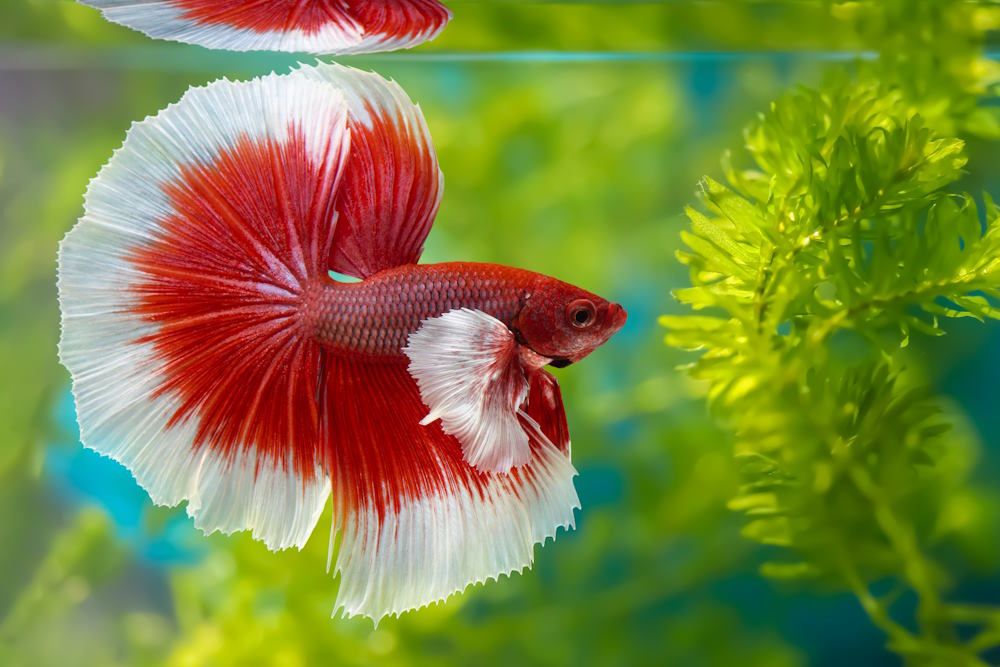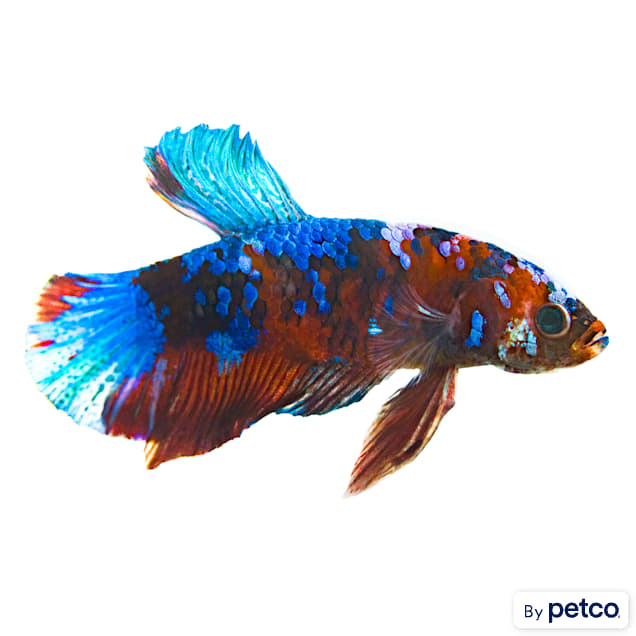Betta Fish Diet Plan: What to Feed Your Betta for Optimal Health
Betta Fish Diet Plan: What to Feed Your Betta for Optimal Health
Blog Article
Reproducing Betta Fish: a Comprehensive Step-By-Step Overview to Efficiently Raising Child Bettas From Eggs to The Adult Years
Breeding Betta fish is a precise venture that calls for careful planning and implementation to ensure the effective development of fry from eggs to mature fish. Picking genetically varied breeding sets with preferable attributes is just the beginning; producing an optimal atmosphere and recognizing the details of the reproducing procedure are similarly crucial. As the male Betta diligently constructs a bubble nest and guards the valuable eggs, the subsequent stages of care and shift demand attention to information and understanding of best methods. Just how does one navigate the challenging yet satisfying path of nurturing these vivid creatures to their adult years?

Choosing Breeding Pairs
When beginning on the trip of breeding Betta fish, picking the appropriate reproduction pairs is vital to achieving desirable qualities and a healthy family tree - betta fish. The very first step in this procedure is to recognize the certain qualities you desire to boost or protect, such as shade, fin kind, and body shape. It is essential to choose genetically varied pairs to stay clear of inbreeding, which can cause wellness problems and unfavorable characteristics
Examine potential breeding prospects carefully. A healthy male Betta needs to show vibrant shades, an active behavior, and well-formed fins, while the lady should also display dynamic coloration and a rounded stubborn belly, showing readiness for spawning. Observing the temperament of both fish is vital, as hostile or excessively reluctant people might not breed efficiently.
Keeping documents of the moms and dad fish's origins can help you track genetic characteristics and prospective issues. Eventually, spending time in the choice process will dramatically improve the likelihood of producing solid, lively children that fulfill your reproduction objectives.

Preparing the Reproduction Storage Tank
Creating an optimum breeding environment is a vital step after choosing ideal sets for Betta fish. The breeding storage tank must be particularly developed to offer comfort and stimulate the all-natural breeding behaviors of the fish. Begin with a storage tank size of at least 10 gallons to ensure adequate space for both the man and female Bettas.
Maintain a mild purification system to maintain the water tidy while preventing solid currents that can stress the fish. In addition, an air rock can be contributed to give oxygenation without interrupting the water surface way too much.
Temperature level guideline is crucial; goal for a stable range of 78-82 ° F(25-28 ° C) using a reputable heater. The pH level ought to be maintained in between 6.5 and 7.5, and normal water changes are required to guarantee high water top quality.
Include floating plants or generating mops to produce hiding areas for the lady, while likewise encouraging bubble nest structure by the man he said - betta fish. Make sure the tank is free from sharp designs and any potential dangers, as the well-being of the fish should always be prioritized during this important stage of breeding.
The Reproduction Process
Typically, the breeding process for Betta fish entails a collection of distinct and visible actions that indicate preparedness for recreation. The male Betta begins by constructing a bubble nest at the water's surface, which offers as a site for the fed eggs. This nest is critical, as it provides a safe atmosphere for the eggs till they hatch out.
When the nest is developed, the male will certainly display courtship habits, such as flaring his fins and displaying lively shades to attract the lady. The woman, upon picking up the male's preparedness, will certainly react by showing vertical red stripes along her body, indicating her useful link receptiveness.
When the women methods, the male takes part in a breeding dancing, commonly causing an embrace called the "spawning." During this accept, the female launches her eggs, which the male feeds immediately. The fed eggs then are up to the bubble nest, where the male thoroughly gathers and returns them to the nest. Following this, the male assumes responsibility for guarding the nest and ensuring the safety of the eggs until they hatch out, typically within 24-36 hours. This phase is essential in the reproducing process, laying the structure for effective fry advancement.
Caring for Betta Fry
Caring for Betta fry needs careful interest to their environment and nutrition to make certain healthy growth and growth. After hatching, Betta fry are exceptionally little and susceptible, demanding a stable and tidy environment.
Feeding Betta fry is equally crucial. They need to be provided infusoria or finely smashed top quality fry food, as their mouths are as well tiny to handle larger bits. As they grow, you can gradually present bigger foods, such as infant brine shrimp or powdered flakes, to guarantee they get adequate nourishment. Feed them percentages several times a day, taking care not to overfeed, which can bring about water quality issues.
Transitioning to Adult Bettas
As Betta fry fully grown, transitioning them to adult Bettas is a crucial phase that needs mindful administration of their atmosphere and social communications. This procedure usually starts when the fry get to around 6 weeks old, whereupon they can be gradually presented to an extra structured living environment.
To promote this shift, it is vital to guarantee that the water specifications-- such as temperature level, pH, and ammonia levels-- are optimal and stable. Grown-up Betta fish flourish in cozy water (around 78-80 ° F) with a pH of 6.5 to 7.5. Progressively acclimate the fry to these conditions to reduce stress.
Social communications are one more essential variable; male Bettas are notoriously territorial and aggressive. For that reason, it is a good idea to find out here now separate men right into specific storage tanks as they mature. Female Bettas can be housed with each other, however care must be taken to keep an eye on for indications of aggressiveness.
Furthermore, nutritional changes should be made as the fry grow. Integrate premium pellets and live foods to support their development and health. By taking care of these aspects properly, you can advertise an effective shift to adulthood for your Betta fish.

Verdict
Effective reproduction of Betta fish needs careful interest to information throughout the entire process, from selecting genetically varied pairs to supplying optimum care for fry. Furthermore, a balanced diet plan and gradual adjustment to grown-up atmospheres are important for the development and advancement of Betta fish.
Report this page